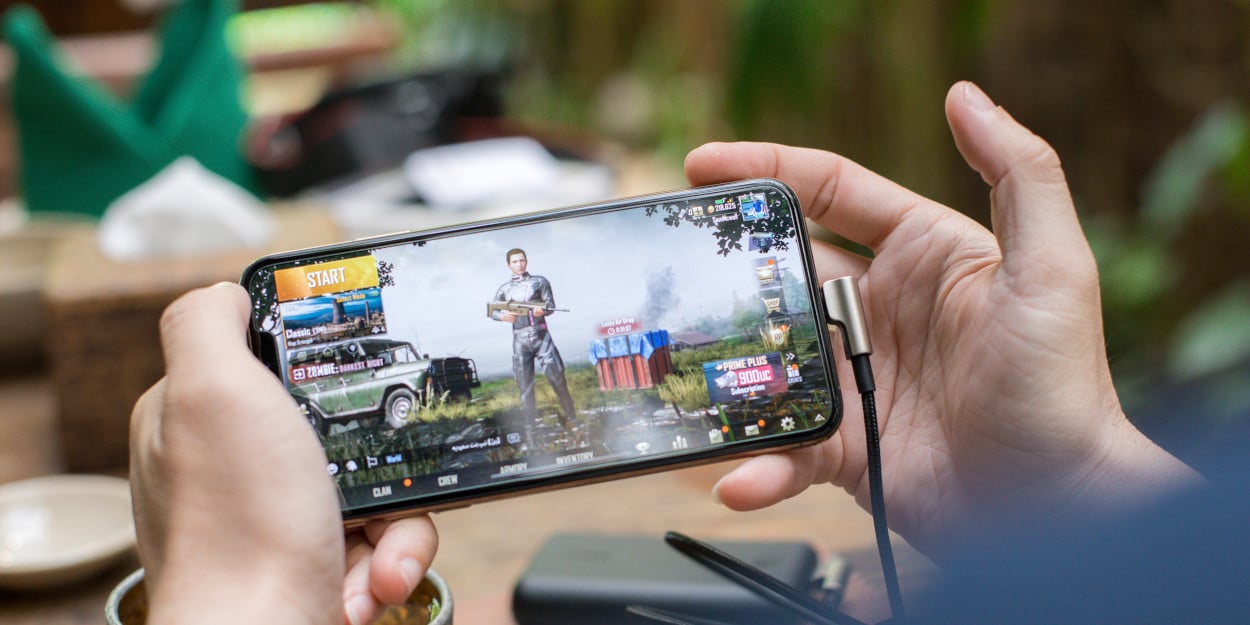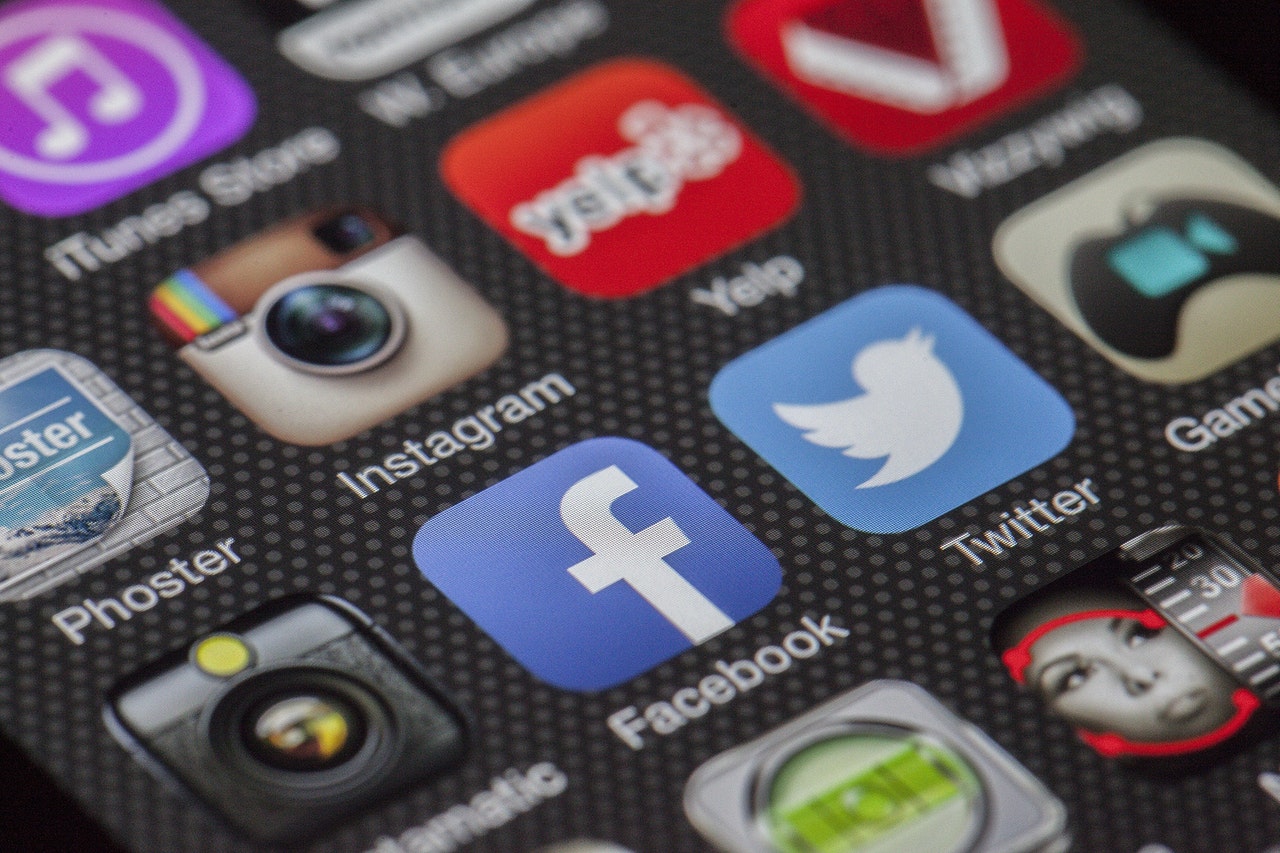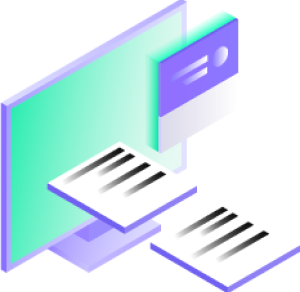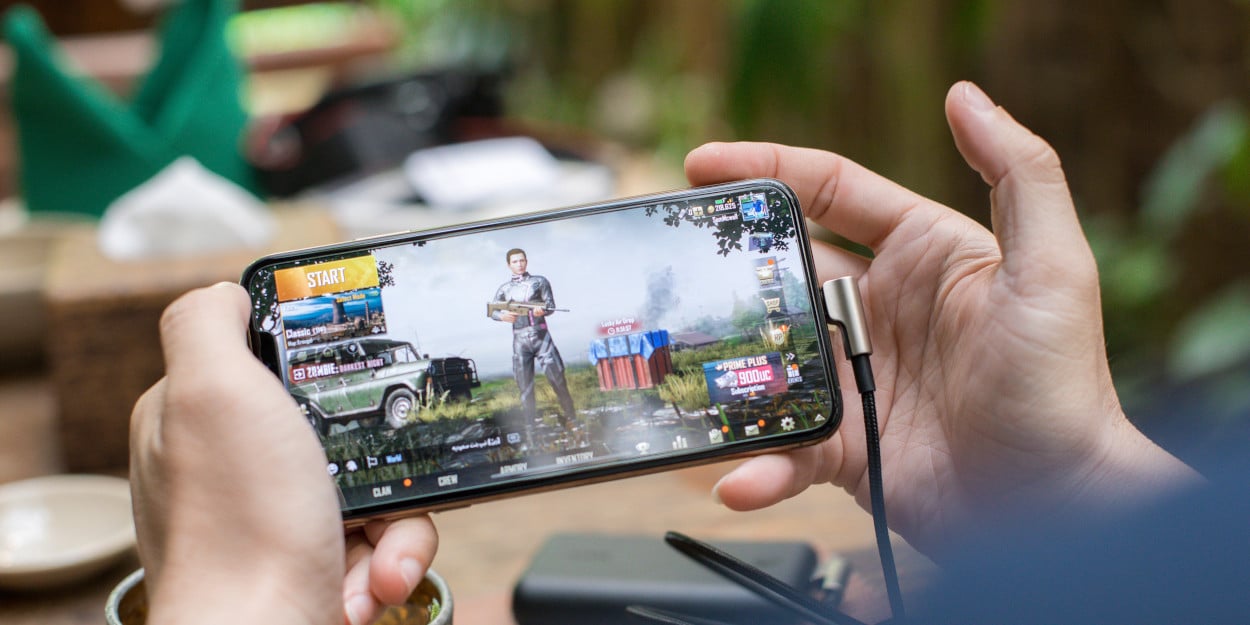Nowadays many applications are a replacement for the “old” way of buying things. If you want to order food, you don’t have to call a restaurant but you are using e.g. Uber Eats. Or if you are a bookworm and you are not able to take all books with you, you have a phone with the app where you can buy a new one and read it on the go!

The mobile applications are replacing old known ways of learning by introducing mobile apps for learning platforms and new ways of entertainment by launching many streaming and social platforms. And, of course, as you probably already figured it out - they can also become a source of nice and steady income for their owners.
Considering the ways, you can make money through mobile apps - there are plenty of them. You can run ads, set up a subscription model, or just make your app paid from the very beginning. There is no one option that will be best in all cases, it’s all about adjusting it to your target audience and testing which monetization strategy will they agree to most eagerly! One of the most mysterious ways of making money on apps is in-app purchases.
WARNING: This article is written from the iOS Developer perspective, so the info here is mostly about how the IAP looks like in the mobile apps available on the Apple devices. When it comes to Android apps there might be slight differences.
Table of Contents:
1. What does in-app purchase mean?
1.1. How do you know if an app is free or not?
2. What is the difference between in-app purchase and credit card payment?
3. Will you be charged for an in-app purchase in your application?
4. Is there any commission workaround?
5. What are the types of in-app purchases?
6. How to add an in-app purchase to your mobile app?
What does in-app purchase mean?
In-app purchase is a type of payment inside of an iOS application for selling a variety of content. Can be used to offer users subscriptions for extra content, buying access to videos, books or articles inside of the app. In-app purchases are commonly used in many games that are free in the App Store.
How do you know if an app is free or not?
If you consider how you can distinguish free application and application with in-app purchase Apple provides this information in various places in the whole App Store. Each application in the store contains information about the payment process. In the case of in-app purchase, you can recognize if an application contains extra payments in two ways.
Each application containing payments inside has information about it next to the GET button in the store:

It is also visible in the application detail page inside the store. Pick up a random application in the store, open details of it, scroll down, and there you will find information such as application provider, size of the app, category, compatibility with devices, and information about in-app purchases. There you will also find out what kinds of purchases you can make, e.g. subscription for the premium membership, access to extra content, one-time purchase, etc.
What is the difference between in-app purchase and credit card payment?
At first glance, end-user payment via credit card and payment via in-app purchase can look the same but from the side of the App Store agreement, there are few minor differences between these two types of payment.
In case of normal payment with a credit card, for example, food ordering, the user can provide credit card data or choose the option to pay with a card added to Wallet.
Here developers are integrating with external payment providers such as Stripe, PayPal, or Checkout.
In the case of in-app purchases, the user has the option to pay with the option that is provided to their app store account e.g. credit card. Money is transferred to App Store and the app's owner can withdraw money from App Store Connect website level.
Will you be charged for an in-app purchase in your application?
In the case of Apple’s App Store, there is a commission that Apple puts over the developers/application owners. If an application contains in-app purchase and is free to download, the owner of the application will earn 70% of sales and Apple collects 30%. If the application is free to download and contains auto-renewing subscriptions that users can buy in the first year of subscription, owners will earn 70% of sales and Apple collects 30%. After the first year of subscription developers will earn 85% and Apple will take 15%.

Is there any commission workaround?
If you don’t want to be charged 30% of your revenue each time the user will buy something in your application via in-app purchase there is one option to do that. You have to put different prices on mobile applications and your website, e.g. if access to a book in your application costs $9.99, set this price on the web and for mobile increase the price to $12.99. Each time a user will buy via mobile app your revenue will stay on this same level.

Now we want to share it with you!
What are the types of in-app purchases?
In-app purchases can be used in various ways in the application which will help out to grow your revenue from the app. They can be used to sell premium content for a set of time or one time access to selected parts of the app. We can define four main types of in-app purchases:
- Consumable - a product that is used once, after which it becomes depleted and must be purchased once again.
- Non-consumable - a product that is purchased once and does not expire or decrease with use.
- Auto‑Renewable Subscription - a product that allows users to purchase dynamic content for a set period. This type of subscription renews automatically unless canceled by the user.
- Non-renewing subscription - a product that allows users to purchase a service with a limited duration. The content of this in-app purchase can be static. This type of subscription does not renew automatically
How to add an in-app purchase to your mobile app?
The process of adding in-app purchases is a compound of steps that need to be done by the account holder/admin and developers. In many cases, the developer with the granted admin role can help the client out with configuration of it.
Besides implementing the code on the developer side to integrate with in-app purchases by adding all needed keys with referencing to products and use StoreKit provided by Apple to do the integration, developers know how to configure properly all necessary stuff on App Store Connect portal.
The things that developers will help out are:
- Creating sandbox testing accounts - required to do proper testing if the in-app purchase is working fine
- Defining all in-app purchase
The account holder has to take care of pending all agreements on the account and fill bank information. Even if the process of the development is not needed, it is a good idea just to review all pending tasks and proceed required actions. It will be helpful for developers and never become an obstacle in testing application on TestFlight or even on application release.
And the last one is that the application has to contain a EULA and privacy policy which is required by the App Store review process. Want to learn how to add your application to the App Store? Read more about one of the crucial steps here:
How to Enroll in the Apple Developer Program?
Conclusion
Basic applications can be extended by taking the purchase by the users. The in-app purchase significantly increases the revenue from mobile applications. The process of the development takes the time and effort from both sides - developers time spent on implementing and client time spent on research and ideas where it can be used.
The client has to decide in which way the application goes with in-app payments regarding the commission for Apple. And of course, we have to keep in mind that we have to fit the strict regulations of the App Store regarding the EULA and privacy policy. Yet, after all, in-app purchase is an element of your app monetization strategy, that’s worth taking a closer look at!
Interested in what’s happening in the Mobile App industry right now? Cross-platform apps, 5G network, Artificial Intelligence - that’s just some of the trends that are expected to conquer 2020! Read more about them in the article below:
Mobile App Development Trends You Should Watch in 2020


.jpg)



